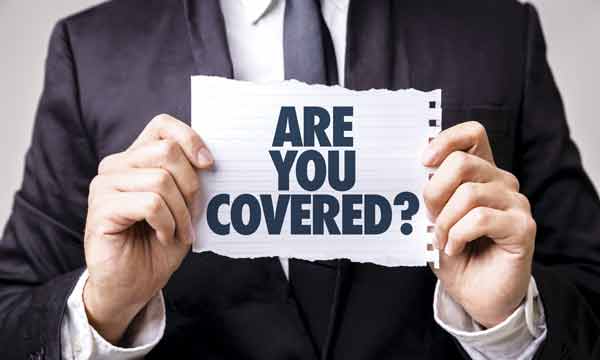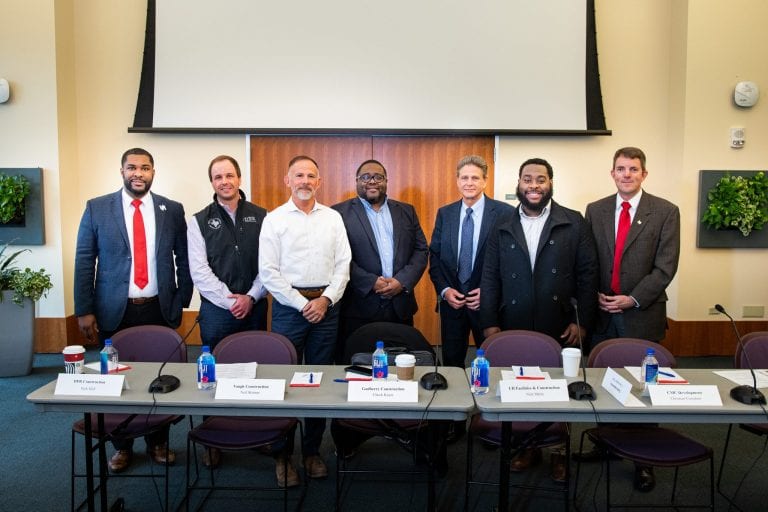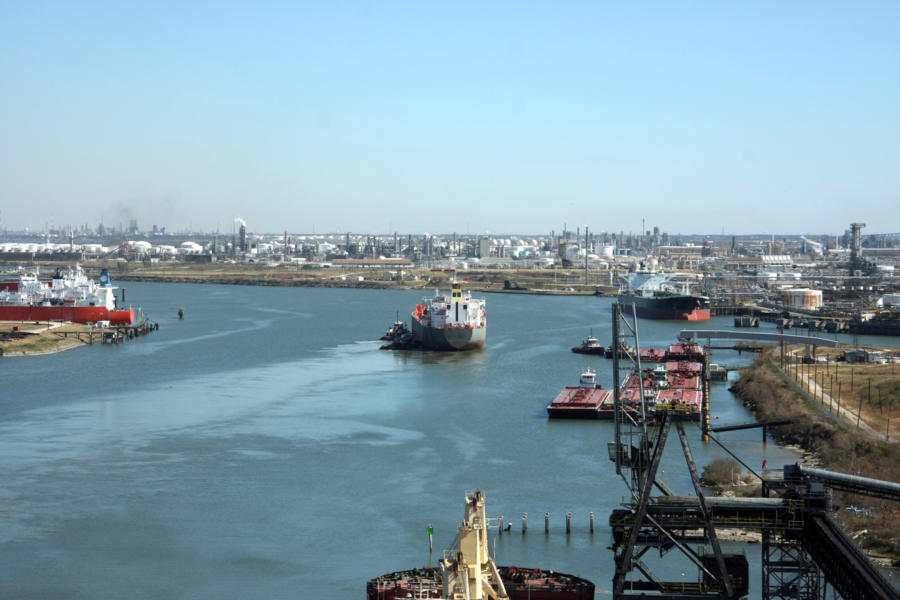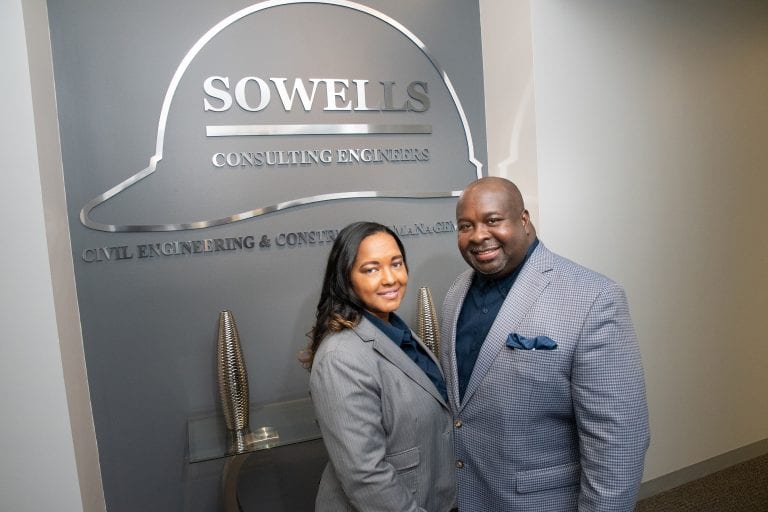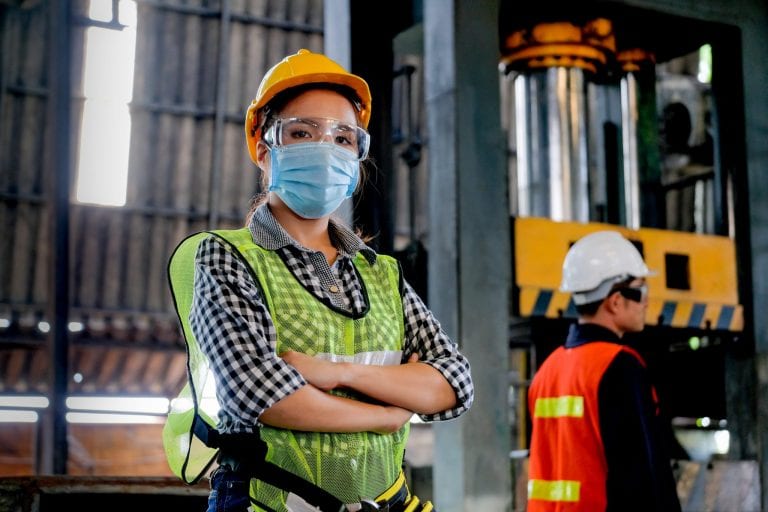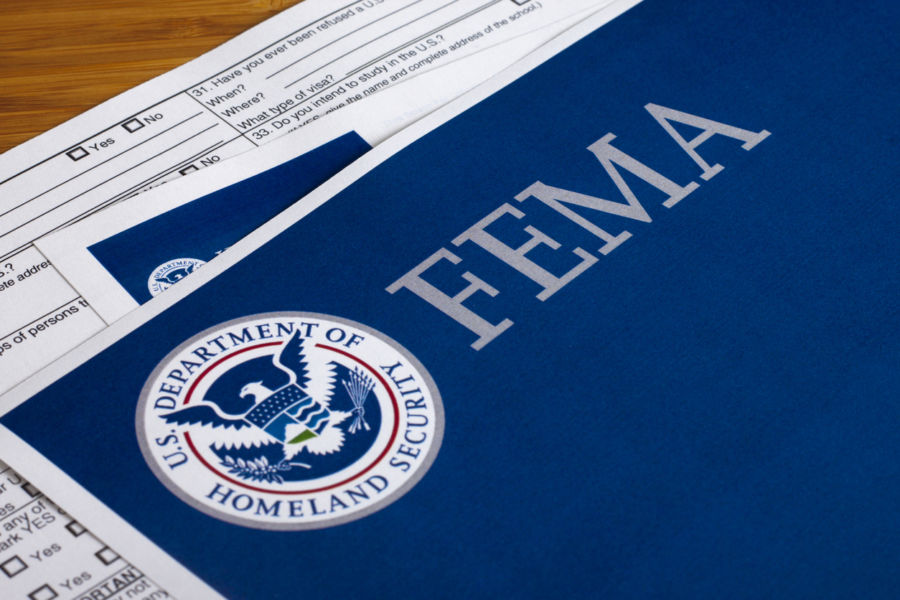
The Industry Liaison Program is the one point of entry for vendors seeking to do business with FEMA. The program coordinates vendor presentations with program offices and Industry Days, conducts market research, and performs vendor analysis reporting. FEMA’s Industry Liaison can be reached at 202-646-1895.
Industry Liaison also maintains an enterprise-wide repository – used to supplement market research for Contracting Officers – of vendors who contact FEMA. Staffed with a help desk, the program processes and routes vendor profile data to the appropriate FEMA program offices, including the Small Business Office, for follow-up.
To support FEMA’s national mission and engage with the FEMA Industry Liaison Program, please have your constituent do the following:
- Register with the System for Award Management (SAM), which is now accessible for use. This system replaces the Central Contractor Registry (CCR).
SAM Registration
If you were not previously registered with CCR, please go to www.sam.gov to register. Should you have any questions about the SAM registration process, please contact the SAM Service Desk at 1-866-606-8220. Once registered with SAM, they contact FEMA-Industry@fema.dhs.gov for a Vendor Profile Form, but I’ve attached it so you have it.
If you are contacting FEMA to assist with disasters, the Industry Liaison Support Center would like to take this opportunity to provide you a brief overview of FEMA’s role when disasters occur. FEMA assumes the lead agency role when disaster declarations are declared at the Federal level. In this role, FEMA coordinates with other Federal partners, state and local governments and the private sector to procure life-sustaining commodities and services for the welfare of the disaster survivors. Some of these items include, water, cots, blankets, packaged meals, etc. In state emergency disaster declarations, FEMA assumes a support role and stands ready to assist the states where needed. To assist with cleanup after disasters occur, reach out to the Corps of Engineers and the states. They are responsible for debris removal and cleanup. How to contact these entities may be found below.
FEMA does establish temporary housing sites for disaster survivors, when necessary, and typically procures haul and install and deactivation services for these units; an example of services FEMA procures. In the instance that FEMA is procuring the products/services, every effort must be made to procure capabilities from vendors that reside in or primarily does business in the disaster-impacted areas in compliance with the Robert T. Stafford Disaster Relief and Emergency Assistance Act, Section 307. When local vendors cannot provide the capabilities or all available sources have been exhausted, FEMA may expand its geographical search. However, the expanded search may remain within the respective states where disasters have occurred. As efforts transition to long-term recovery, rebuilding of communities and other infrastructure becomes the responsibility of the states and local entities, and homeowners. Federal funding may be available to assist with these efforts based on the parameters of the declaration.
In addition to the information provided above, we also recommend that you explore the following options, as applicable, for seeking contract opportunities with the Federal Government, including FEMA. Many of the options below also provide information on seeking state and local contracts. If you are seeking Federal contract opportunities for the first time, please seek the assistance of the Procurement Technical Assistance Center (PTAC) nearest you; contact information below in option 13.
- Desire to provide transportation services to FEMA, please follow this link, gsa.gov/tmss, to the General Services Administration (GSA) Transportation Management Services Solution (TMSS) to seek GSA approval. FEMA procures many of its transportation needs through the General Services Administration (GSA). Mr. John Wheeler, (703) 605-9190, is the point of contact for GSA transportation solutions. The types of transportation services FEMA procures via GSA include: truckload, less truckload, air charter, barge, air freight, air ambulance, heavy hauler, ocean, freight, rail, power only, limousine, chartered bus, vehicle rental, truck rental, travel trailers, and mobile homes.
- Visit the DHS Advance Acquisition Planning System; the forecast of contract opportunities at https://www.dhs.gov/xopnbiz/opportunities/gc_1300288340710.shtm. This system includes projections of all anticipated contract actions greater than $100,000 and points of contact.
- Contact the U.S. Small Business Administration (SBA). Obtain information that assists small businesses in preparing for and navigating business opportunities. Visit SBA at sba.gov.
- Seek procurement opportunities for simple commodity buys at FedBid, fedbid.com.
- Find opportunities. The single point-of-entry to search, monitor, and retrieve Federal procurement opportunities is Federal Business Opportunities (FedBizOpps) at fbo.gov.
- Seek Grant Opportunities. Visit grants.gov.
- Watch the Web. Federal and state agencies are placing more procurement opportunities on their web sites. FEMA posts its procurement opportunities on FedBizOpps. (fbo.gov).
- Get listed in electronic catalogs. GSA Advantage and other electronic commerce initiatives will let you list your products/services for government browsing.
- Teaming and partnering. If you are strong in one business area, but inexperienced in another, find a subcontractor or teaming partner who can provide the capability that you lack. The Federal Government encourages teaming. Visit the Federal Procurement Data System (FPDS) at fpds.gov. FPDS provides the names of companies who have been awarded contracts, and you may reach out to these contractors for subcontractor, supplier or teaming opportunities.
- Procurement Technical Assistance Centers (PTAC). Reach out to your state Procurement Technical Assistance Centers (PTAC) nearest your location. These centers offer a variety of resources that prepare you for work with the Federal Government, as well as procurement opportunities at the state and local levels. Following this link aptac-us.org/new/index.php will assist you in locating the PTAC in your area.
- Become a member of the Corps of Engineers Contractor Registries if you are interested in performing disaster response and recovery work; e.g. debris removal. Follow this link to access their website https://www.usace.army.mil/Missions.aspx. Once there, select “Emergency Operations” and then “Contracting in Disasters”. You may register your company with the “USACE Disaster Resource Contractor Registry”. We also encourage you to explore all the links under “Emergency Operations”. Useful information is provided there regarding the Corps of Engineers support role to FEMA during disasters.
- Register with your State Procurement Office and reach out to your State Emergency Management Agency. Google to locate your state agencies or other state agencies where disasters have occurred.
- Seek construction, facilities management, leasing and retail services opportunities with the General Services Administration (GSA). Visit GSA’s website at gsa.gov/portal/category/22013.
- Interested in donating or volunteering, visit FEMA’s Helping Others webpage at fema.gov/rebuild/recover/howtohelp.shtm.
- Desire to extend your facility to house FEMA qualified disaster survivors, sign up on-line at ela.corplodging.com using the Hotel Enrollment section. Vendor assistance call center contact information may also be found at https://ela.corplodging.com/contactus.php. The Call Center may also be contacted via phone 866.545.9865, via fax 866.362.0740 or via email femahousing@corplodging.com.
In addition, you may find these three informational links about federal contracting useful:
https://www.dhs.gov/get-started-dhs-contracting
https://www.sba.gov/content/federal-contracting-resources-small-businesses
https://www.gsa.gov/portal/category/100635


